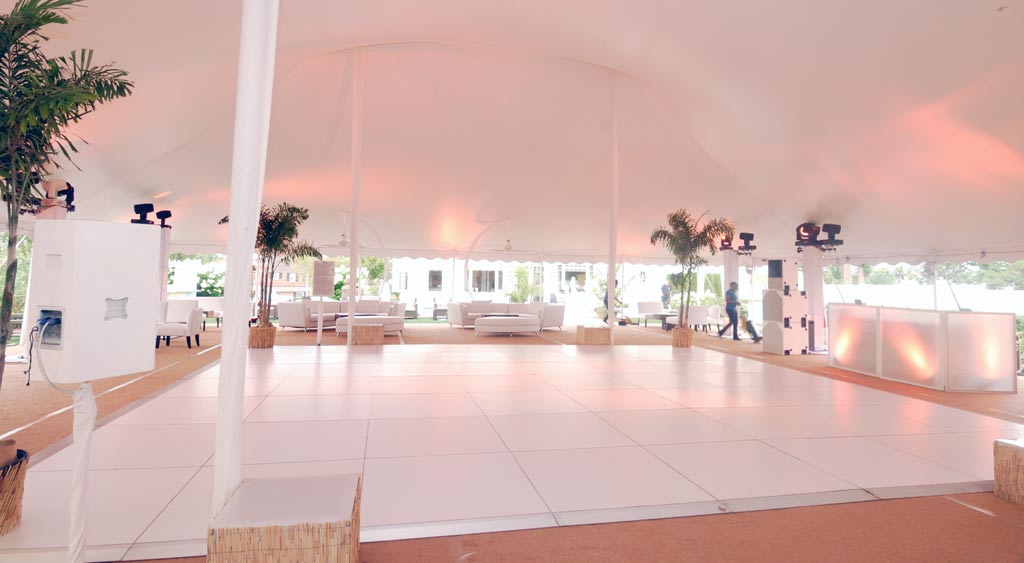Essential Strategies to Maximize the Durability of Your Dance Flooring
Wiki Article
In order to preserve a dance floor's longevity, it is crucial to understand the components and construction that contribute to its strength. Dance surfaces are typically crafted from timber, vinyl, or customized foam materials. Each type has its own advantages and disadvantages. Timber surfaces provide superior resilience and impact resistance, making them suitable for multiple dance disciplines. Vinyl surfaces are often easier to maintain and can be designed with non-slip textures, which is vital for safety. Custom foam surfaces offer padding, which can help prevent injuries. Selecting the appropriate material based on the intended purpose of the performance floor greatly affects its lifespan.
Regular upkeep is vital for prolonging the life of a performance surface. This includes sanitizing and refinishing the flooring as required. For timber floors, it is necessary to sweep or hoover consistently to eliminate debris and dirt that can damage the surface. Furthermore, using a sealant or treatment every few cycles helps protecting against moisture and erosion. Vinyl surfaces should be mopped with appropriate cleaners that do not harm the surface. Keeping a regular cleaning schedule will not only preserve the look of the floor Discover More Here but also guarantee a safe performance space.

Climate and humidity hold a significant role in preserving a dance surface's condition. Optimal settings for timber surfaces are typically a heat range of 60-80 degrees °F and a humidity range of 40-60%. Excessive moisture can lead wood to distort or form mold, while excessively dry environments can result in cracking. In spaces where moisture levels fluctuate, it may be beneficial to invest in a moisture regulator or drying unit. For you could look here synthetic or cushioned surfaces, ensuring proper airflow can assist in minimizing humidity accumulation that might compromise their stability.
Proper usage is another essential strategy for prolonging the life of a dance surface. It is necessary to establish rules for activities that take place on the surface. For example, high heels or sharp objects should be avoided as they can cause permanent harm. Keeping fixtures away from performance spaces also avoids marks and indentations from developing. If the space hosts multiple activities, placing protective covers during alternative uses can further shield the surface from deterioration.
Ultimately, periodic professional assessments are an reliable way to guarantee continuous maintenance of a dance floor. Engaging specialists who specialize in dance surfaces can deliver useful guidance into possible problems before they become serious concerns. These professionals can recommend advice on restorations or resurfacing options that might prolong the life of the surface significantly. By committing to regular evaluations and updates, owners can maintain that their performance surface stays secure, appealing, and functional for decades to come.